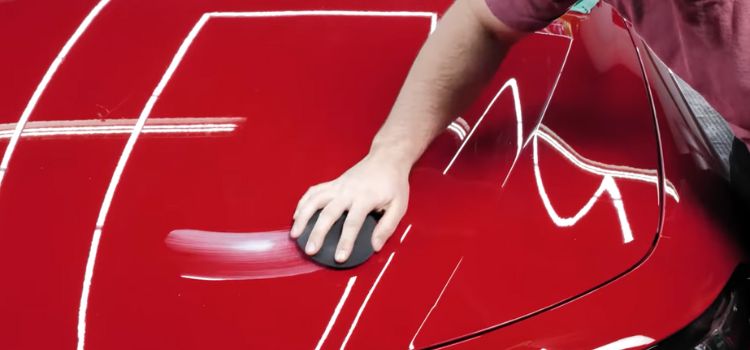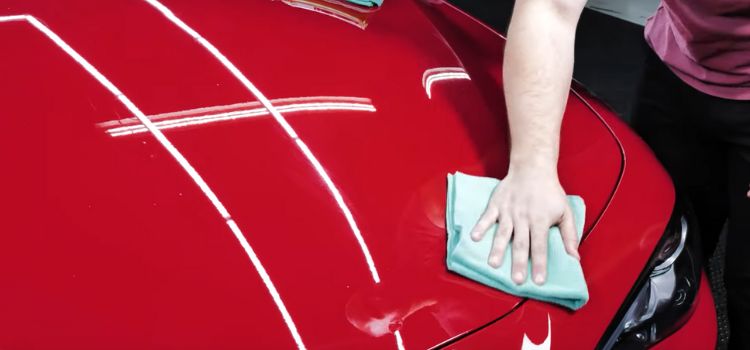As an Amazon Associate, I earn from qualifying purchases.
Rubbing compound is an abrasive material used to smooth out and remove imperfections on the surface of a car’s paint. The “grit” of the rubbing compound refers to the size of the harsh particles in the compound. The more significant grit numbers will give the particles a finer finish and fewer assailings to the compound. This post will explain the different grit levels of rubbing compounds and how to choose the right one for your car detailing needs. So, let’s dive in and learn about the world of rubbing compounds!
Understanding the Different Grit Levels.

When it comes to car detailing, understanding the different grit levels of rubbing compounds is essential. Grit refers to the size of the harsh particles in the compound. The more significant grit numbers will give the particles a finer finish and fewer assailings to the compound.
For example, a rubbing compound with a low grit number like 1200 will be more assertive and can remove deep scratches and oxidation. On the other hand, a rubbing compound with a higher grit number, like 3000, will be much finer and fabulous for removing light scratches and swirl marks.
So, when choosing a rubbing compound, it’s essential to consider the level of imperfections in your car’s paint and match it with the appropriate grit level. Using the wrong grit level can damage your car’s paint, so it’s essential to choose wisely.
Tips for Using Rubbing Compound with Different Grit Levels.

Start with the lowest grit level:
If you are still determining imperfections in your car’s paint, starting with the lowest grit-level rubbing compound is always best. This will help you avoid causing any unnecessary damage to the paint.
Use a small amount:
When applying the rubbing compound, use a small amount at a time. This will allow you to control the abrasion and prevent overworking the paint.
Work in small sections:
Work in small sections and apply the rubbing compound in a circular motion to ensure even application and avoid missing imperfections.
Use the appropriate tools:
Choose the appropriate tools, such as a microfiber cloth or a foam applicator pad, to apply the rubbing compound, depending on your working area.
Test on a small area:
Before applying the rubbing compound to the entire vehicle, test it on a small, hidden area to see how the paint reacts to the compound. Assure the right grit level for your car’s paint.
By following these tips and understanding the different grit levels of rubbing compounds, you can effectively remove imperfections from your car’s paint without causing any damage.
Conclusion
In conclusion, rubbing compound grit refers to the size of the abrasive particles within the compound. A stable finish can only be produced if the grit numbers are significant. Lower grit numbers are more aggressive and are used for heavier cutting and removing deeper scratches. So, when choosing a rubbing compound, consider the level of abrasiveness you need based on the condition of the surface you are working on.
As an Amazon Associate, I earn from qualifying purchases.
Leave a Reply